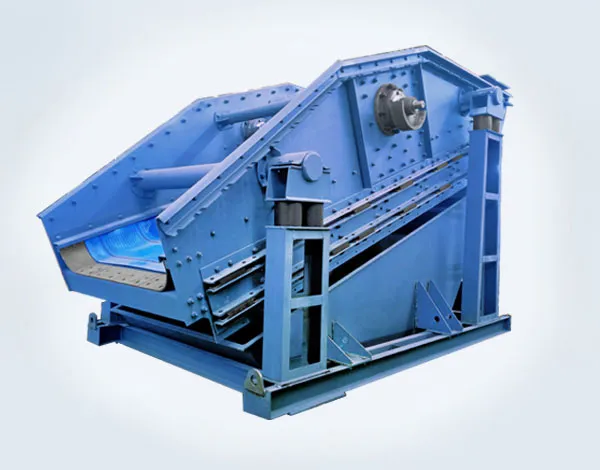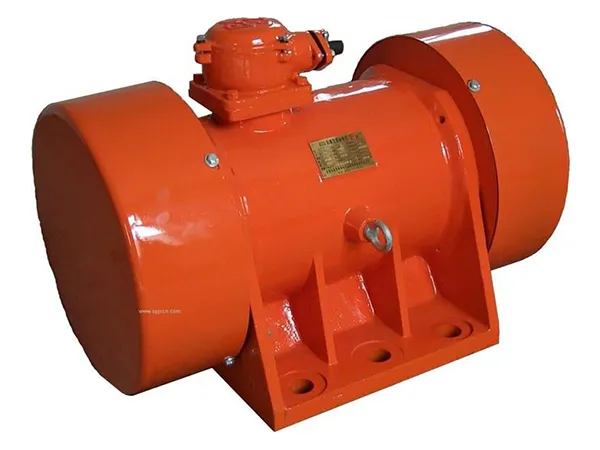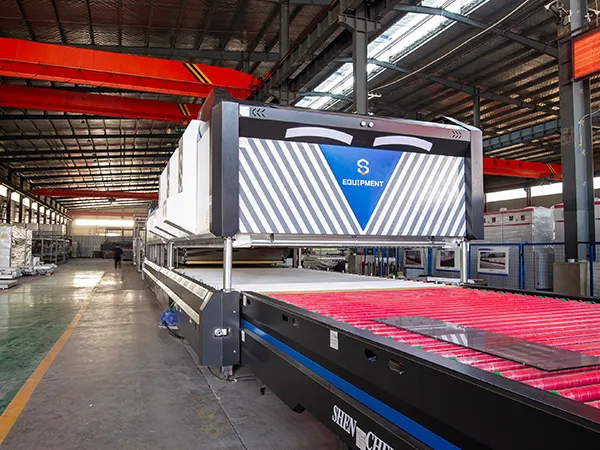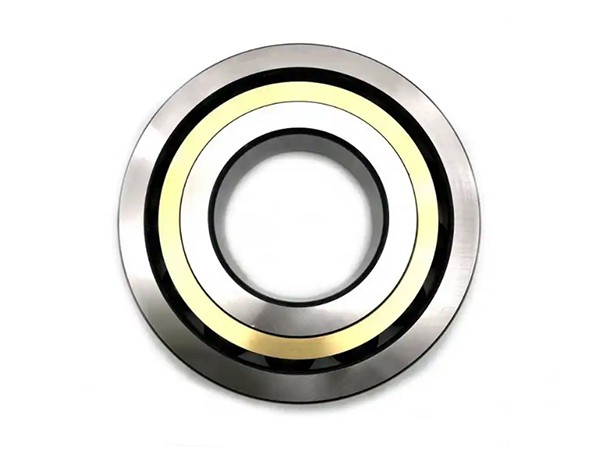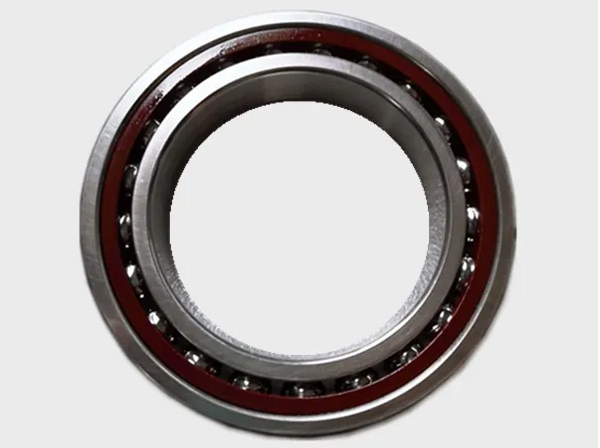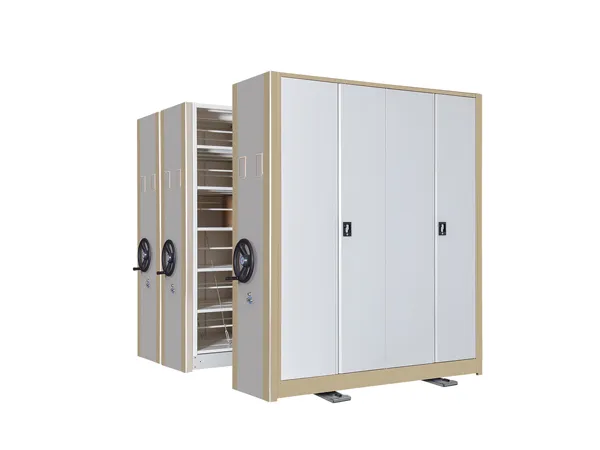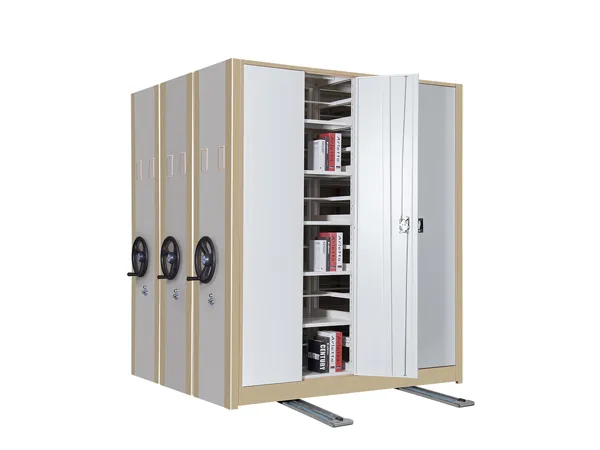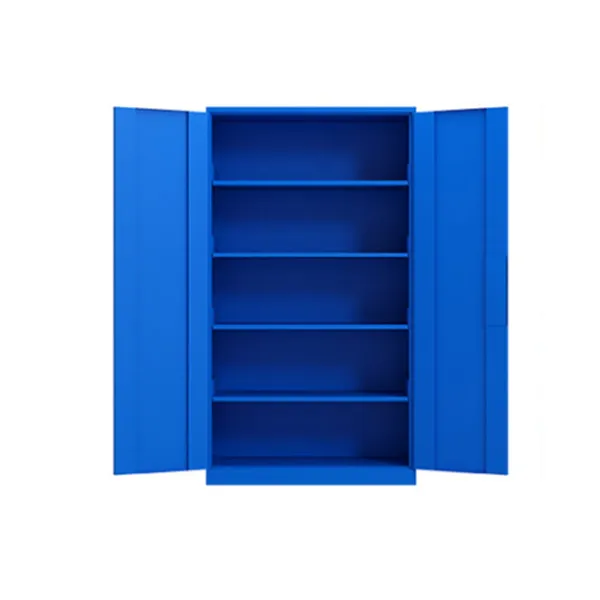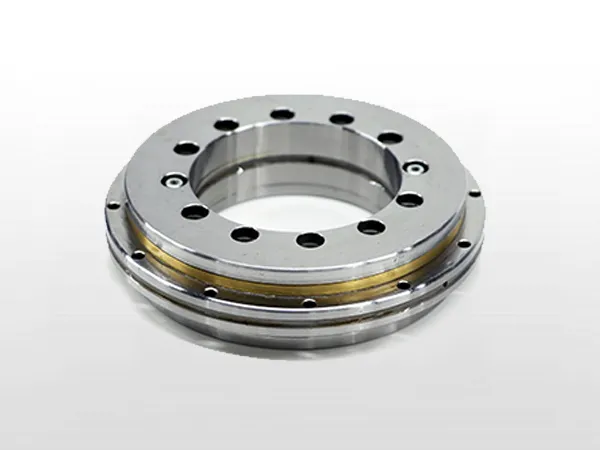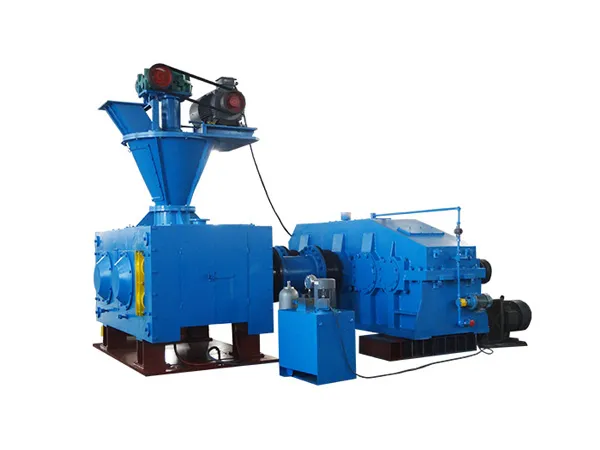Wind tower production lines typically consist of various manufacturing processes designed to fabricate wind turbine towers, which are critical components of wind energy systems. The specific types of production lines can vary depending on factors such as the tower design, materials used, manufacturing capabilities, and production scale.
Wind tower production lines types
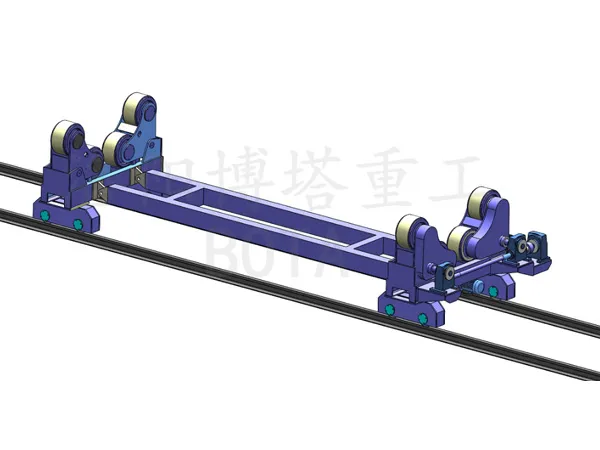
Plate Cutting and Preparation Line: This type of production line involves cutting and preparing steel plates to the required dimensions for constructing wind tower sections. It may include processes such as plate cutting, drilling, punching, and edge preparation.
Plate Rolling and Forming Line: Plate rolling and forming lines are used to shape the steel plates into cylindrical or conical sections that form the main body of the wind tower. This process typically involves plate rolling machines, which bend the steel plates into the desired shape and diameter.
Welding Line: Welding lines are used to join the individual steel plates or sections together to form complete wind tower sections. This process may involve various welding techniques such as submerged arc welding (SAW), gas metal arc welding (GMAW), or flux-cored arc welding (FCAW), depending on the material thickness and quality requirements.
Flange and Ring Production Line: Flanges and rings are important structural components used to connect the tower sections and support the wind turbine components. Flange and ring production lines may include processes such as plate cutting, rolling, forming, and welding to fabricate these components to the required specifications.
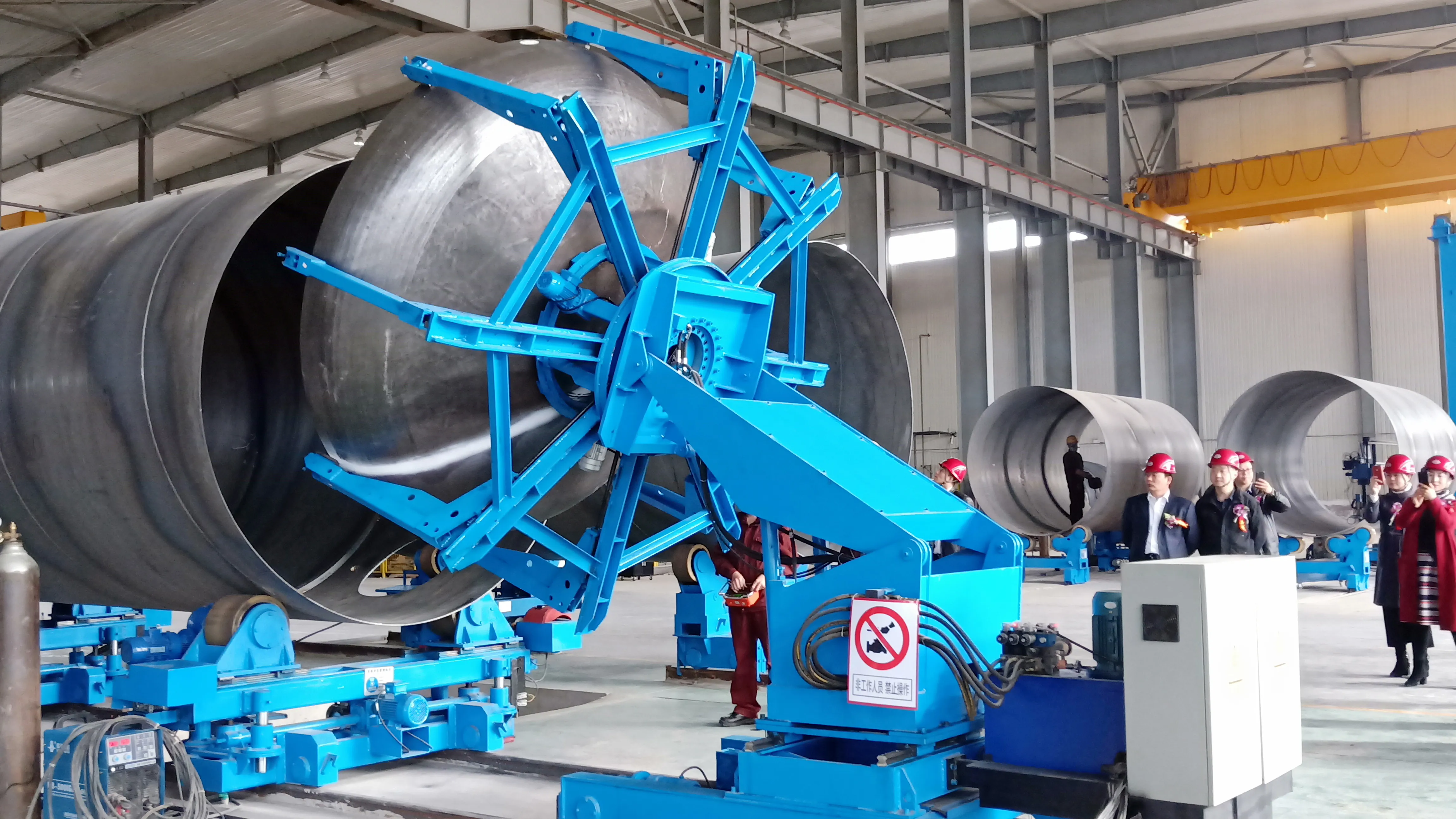
Surface Treatment Line: Surface treatment lines are used to prepare the wind tower sections for coating or painting to protect them from corrosion and environmental degradation. This may involve processes such as shot blasting, sandblasting, priming, and painting to ensure proper surface preparation and coating application.
Assembly and Finishing Line: Assembly and finishing lines are used to assemble the individual tower sections, install internal components such as ladders, platforms, and electrical wiring, and perform final inspections and quality checks before shipping the completed wind tower to the installation site.
…
For more detailed information about wind power tower line types, please click here: https://www.bota-weld.com/en/a/news/wind-tower-production-lines-types.html

